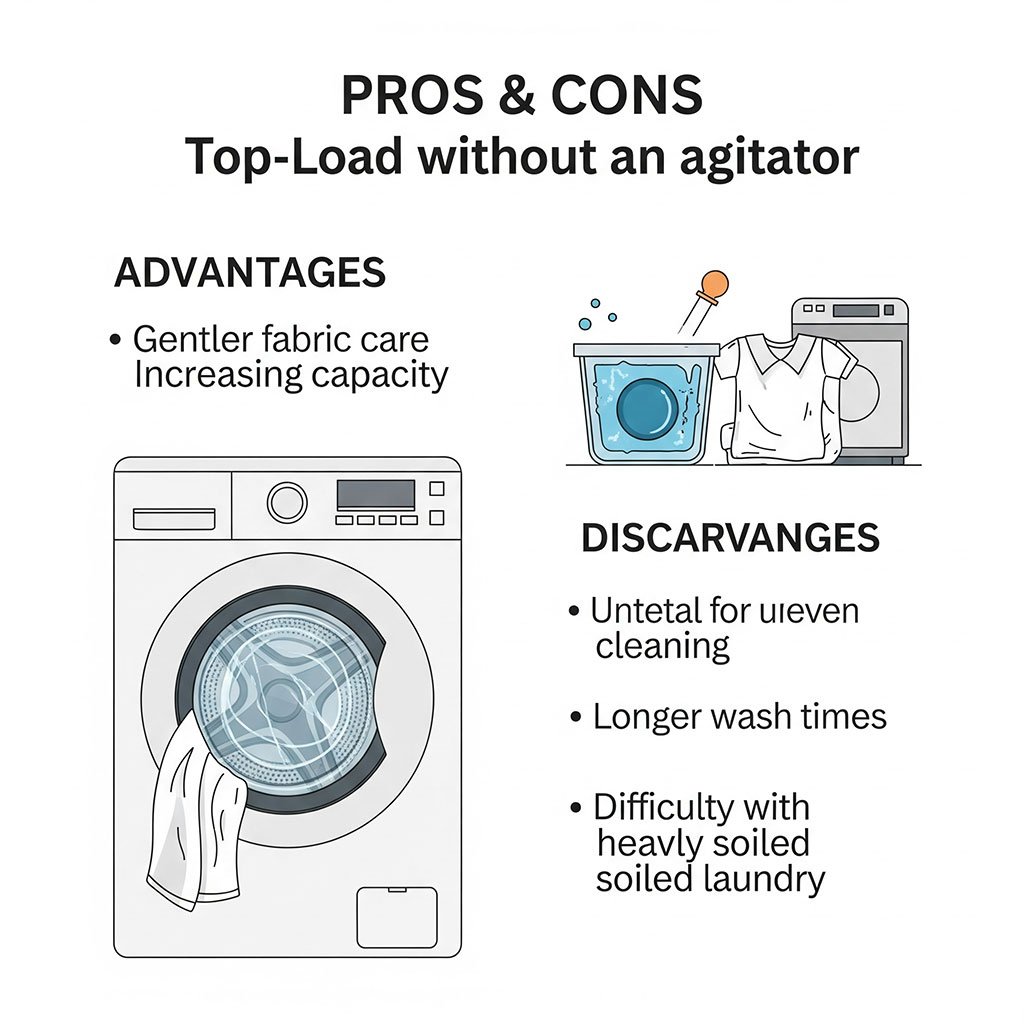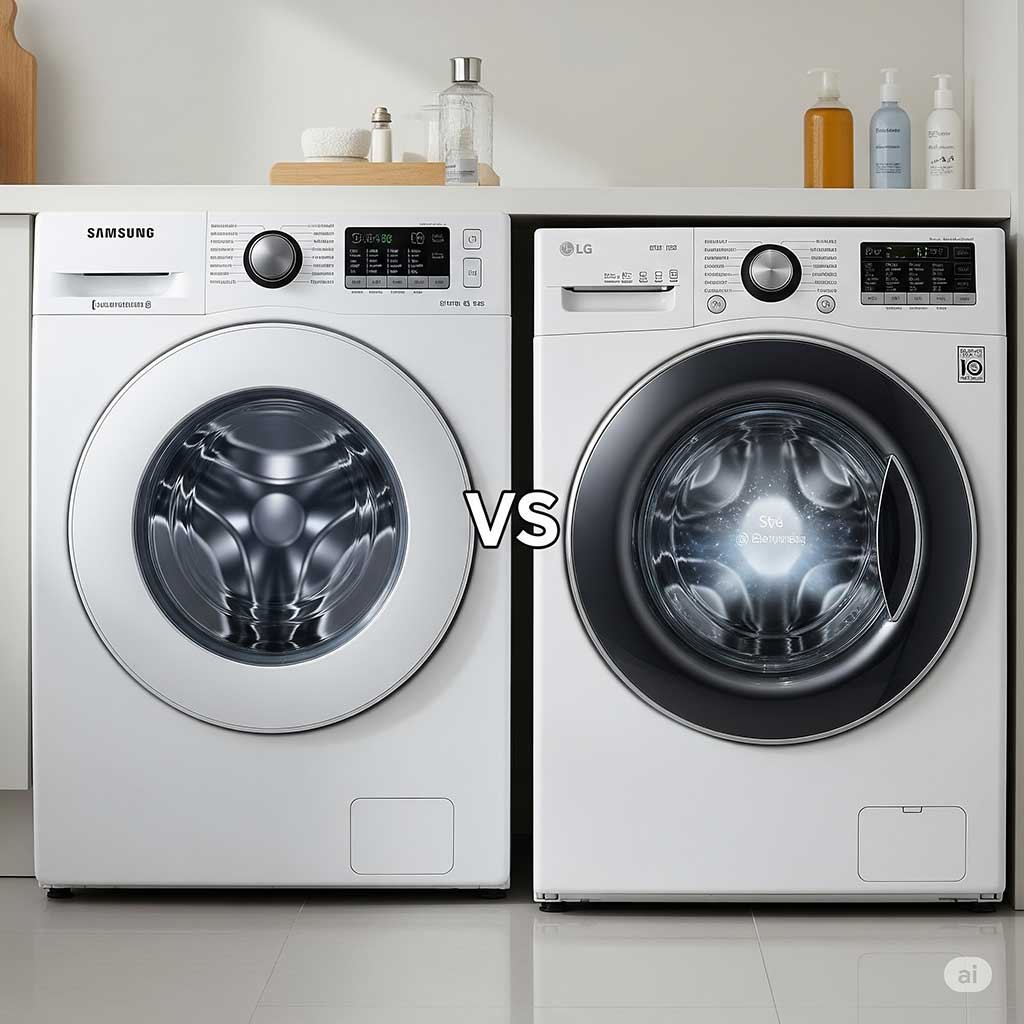Dishwashers are not popular in India primarily due to cultural cooking practices and cost factors. Limited kitchen space also contributes to their low prevalence.
Exploring the intricacies of Indian kitchens reveals why dishwashers have not gained widespread acceptance. Indian cuisine typically involves the use of various utensils and cookware that may not be dishwasher-friendly, making manual cleaning a necessity. The traditional method of hand washing dishes is deeply entrenched in the Indian household routine.
Moreover, many Indian homes prioritize cost-saving appliances, and dishwashers, being relatively expensive, don’t align with this preference. The initial investment, along with ongoing maintenance expenses, often deters potential buyers. Additionally, the average Indian kitchen may lack the space required to accommodate a dishwasher, further diminishing its appeal. Despite these challenges, with urbanization and the increasing pace of life, there is a growing market for dishwashers among the affluent and those seeking convenience, indicating a potential shift in future trends.
Credit: www.quora.com
Table of Contents
Cultural And Social Dynamics
India has a rich tapestry of cultural and social dynamics influencing daily life, including kitchen activities. These dynamics shed light on why dishwashers are not widespread in Indian homes.
Kitchen Traditions And Manual Washing
In India, the kitchen is not just a place to cook; it’s a space of tradition and cultural significance. Families often prefer manual washing. It serves as a time for bonding and maintaining culinary customs.
- Manual dishwashing is seen as part of the cooking process.
- Cookware such as pressure cookers and tavas require special care.
- Many kitchens lack space for dishwashers.
Perception Of Dishwashers In Indian Households
Dishwashers face perception challenges in India. They’re often seen as unnecessary luxuries. The notion of hand-washing dishes as a duty is deeply ingrained.
Dishwasher Myths | Reality |
|---|---|
Dishwashers are not effective. | Modern dishwashers clean thoroughly. |
They are too expensive. | Costs have decreased with more brands. |
They consume more water and energy. | They often use resources efficiently. |
The affinity towards traditional dishwashing outweighs the perceived benefits of dishwashers.
Economic Factors
Economic factors play a crucial role in the popularity of dishwashers in India. Understanding these factors reveals why this appliance is not commonplace in Indian households. Let’s delve into the specifics.
Cost And Affordability Challenges
Dishwashers are seen as a luxury in India. The price of owning a dishwasher is just the tipping point.
- High purchasing price
- Additional expenses on electricity and water
- Necessity of specific detergents and maintenance
Many families find these costs too high. They prefer more budget-friendly ways to manage household chores.
Comparison With Domestic Help Expenses
Hiring domestic help is common in India. It is often more economical than a dishwasher.
Dishwasher Costs | Domestic Help Costs |
|---|---|
One-time purchase | Monthly salary |
Utility bills increase | No utility costs |
Maintenance costs | Optional perks or bonuses |
When comparing both options, hiring help often suits Indian families better.
Practical Considerations
Exploring the practical considerations of why dishwashers are not popular in India reveals key aspects such as size and utility compatibility, and resource usage. Understanding these factors sheds light on the consumer’s decision-making process.
Size And Compatibility With Indian Utensils
Dishwashers often do not support the typical utensils used in Indian households. Large pots, pressure cookers, and tawas are staple cookware in India. These items may not fit in the standardized racks of most dishwashers. Here is a closer look:
- Large Capacity: The size of Indian cookware often exceeds the holding capacity of standard dishwashers.
- Unique Shapes: The assortment of shapes, from round to oval, requires adjustable dishwasher tines, which may not be present.
- Manual Scrubbing: The heavy spices and oils in Indian cooking necessitate pre-scrubbing, negating the convenience of a dishwasher.
Water Consumption And Electricity Usage
India is a water-stressed country. Efficient use of water is a priority for households. Dishwashers can use up to 40 liters of water per cycle. This is much higher than manual washing. Furthermore, electricity usage impacts the attractiveness of dishwashers. Here is a quick overview:
Aspect | Consideration |
|---|---|
Water Consumption | Owning a dishwasher increases your water bill, which can be a concern. |
Electricity Cost | Dishwashers add to electricity expenses due to prolonged washing cycles. |
Both of these resource considerations can deter Indian households from embracing dishwasher technology, favoring traditional washing methods instead.
Market Availability
Dishwashers remain a rarity in most Indian homes. This is due, in part, to market availability which shapes consumer choices and preferences. Understanding why this appliance has not caught on requires delving into the range of products offered and the marketing strategies employed by retailers.
Limited Range And Appliance Brands
Unlike Western countries, India’s dishwasher market features a limited range of models. Factors such as local lifestyle, infrastructure compatibility, and consumer purchasing power shape available options. A glance at the appliance section in stores confirms the scarcity of brands and models. This limited selection impacts consumer awareness and interest in dishwashers.
Retail And Marketing Strategies
Retailers in India traditionally focus on products that match the common household’s needs and budgets. Dishwashers have not been marketed aggressively due to their perceived inapplicability. Strategies that have succeeded for other appliances, like refrigerators and washing machines, have not been replicated for dishwashers. Sales incentives, store displays, and advertising rarely feature them, contributing to their lack of popularity.
Infrastructure And Technology
Understanding why dishwashers are not common in India lies in its infrastructure and technology. Homes in India are built differently from those in the West. This impacts appliance use. Let’s dive into the specific reasons dishwashers are a rarity in Indian kitchens.
Plumbing Requirements And Space Constraints
Indian kitchens often lack dedicated plumbing systems for dishwashers. Installing new pipes is costly. Space is precious in urban Indian homes. Large appliances don’t fit easily. Below, the challenges are listed:
- Most homes lack pre-existing dishwasher connections.
- Adding new plumbing increases costs significantly.
- Kitchen size limits the ability to accommodate dishwashers.
Power Supply And Maintenance Concerns
Stable power supply is a must for dishwashers. Yet, many areas in India face electricity issues. Dishwashers need routine maintenance for efficiency. Trained technicians are not always available. This makes upkeep a challenge. Key points include:
- Erratic electricity supply can damage sensitive appliances.
- High electricity usage increases bills, discouraging adoption.
- Regular maintenance is required but often hard to find.
Dietary Habits And Utensil Usage
The kitchen traditions of India deeply influence appliance popularity. Indian diets are rich in diversity, featuring an array of flavors and ingredients. Utensils are chosen with care, reflecting the cuisine’s complexity.
Impact Of Oily And Masala-heavy Cuisine
Traditional Indian dishes often have generous amounts of oil and spices. The residue left behind can be hard to clean. It challenges the cleaning capabilities of standard dishwashers.
- Sticky gravies
- Robust spices
- Lengthy soak and scrub requirements
Such dishes demand special cleaning methods which many dishwashers cannot provide.
Preference For Specific Materials In Cookware
Indians often use cookware made from materials like stainless steel, brass, and copper. These materials are part of culinary tradition. They need careful handling differently than machine cleaning.
The utensils may be too large or oddly-shaped for dishwasher racks.
Material | Care Required | Suitability for Dishwashers |
|---|---|---|
Stainless Steel | Prone to water spots | Medium |
Brass | Needs polishing | Low |
Copper | Tarnishes over time | Low |
Hand cleaning is often the preferred method to retain the utensils’ integrity and appearance.
Awareness And Education
In a country where traditional methods of dishwashing have deep cultural roots, bringing dishwashers into mainstream Indian kitchens is not just about the product but deeply tied to ‘Awareness and Education’. Many households remain unaware of how these appliances can seamlessly integrate into their lives, simplifying daily chores.
Lack Of Information On Benefits And Usage
Despite their growing presence in the market, dishwashers remain shrouded in mystery for a large segment of the Indian population. People often do not understand the efficiency and hygienic benefits that these machines offer. Let’s break down what households miss out on:
- Time-saving: Unlike manual washing, dishwashers free up time for other activities.
- Water conservation: Modern dishwashers use less water than traditional methods.
- Better hygiene: They clean with higher temperatures, ensuring sanitized dishes.
- Ease of use: Once loaded, the machine takes care of the rest, showing clear operational benefits.
Many users are simply unaware of how to operate a dishwasher effectively. Demonstrations and workshops on usage could bridge this gap.
Influence Of Advertising On Consumer Choices
Advertising plays a crucial role in shaping consumer behavior. In India, the focus of many appliance ads remains on items like refrigerators, washing machines, and microwaves. The subtle art of advertising has yet to embrace dishwashers fully.
Exploring the reach of targeted advertising reveals a huge potential. Advertisements showing dishwashers fitting into the Indian household narrative can influence perceptions.Here’s how:
- Showcasing real-life scenarios makes the product relatable.
- Highlighting unique selling points can create a buzz.
- Educative ads can dispel myths about complexity and costs.
Effective advertising must also address the concerns of durability and after-sales services. Brands should tailor their marketing strategies to show how dishwashers can coexist with Indian cooking styles.
Potential For Growth
Dishwashers are not commonly seen in Indian kitchens today. But, this is changing slowly. India’s economy is growing. With it, more people can buy dishwashers. Homes are getting modern. Many people are starting to see how dishwashers save time. There is a lot of space for more dishwashers in Indian homes.
Changing Lifestyles And Rising Middle Class
Life in India is getting fast. Both men and women work. They have less time for chores. More income means they can buy machines to help at home. As more people live in cities, they look for easy ways to do tasks. Dishwashers can fit in small apartments too. This makes life simple.
- People want more free time.
- Kitchens are getting smaller in cities.
- Families like new tech that make life better.
Adoption Trends And Future Market Predictions
Not many people have dishwashers now. But this is changing. In the next few years, more people will buy dishwashers. Research shows the dishwasher market in India will grow fast.
Year | Market Size | Growth Rate |
|---|---|---|
2021 | Small | – |
2025 | Growing | High |
2030 | Big | Higher |
Big cities will lead this change. As people learn about dishwashers, they will want one. Companies see this. They are making dishwashers for Indian cooking. Spoons and pots can fit well. They use less water too. This is perfect for India.
Frequently Asked Questions
Are Dishwashers Popular In India?
Dishwashers are gradually gaining popularity in India, especially in urban households where lifestyle changes and time constraints drive demand for convenient appliances.
What Are The Cons Of Dishwasher In India?
Dishwashers in India can be expensive, both to purchase and repair. They often require high water pressure, which might not be available in all areas. Also, their energy consumption contributes to higher utility bills. Plus, they may not effectively remove masala stains common in Indian cooking.
What Is The Dishwasher Market In India?
The Indian dishwasher market is growing, driven by urbanization, rising disposable incomes, and changing lifestyles that prioritize convenience in kitchen appliance use.
Why Don’t Immigrants Use Dishwasher?
Not all immigrants might use dishwashers due to cultural habits, lack of familiarity, or the preference for hand washing. Some may also live in housing without dishwasher appliances.
Bottom Line
Dishwashers in India remain less common due to cultural, cost, and space considerations. Embracing change may take time, but as urban lifestyles evolve, these handy appliances could see a rise in popularity. Understanding local preferences is key to increasing adoption rates across Indian households.



